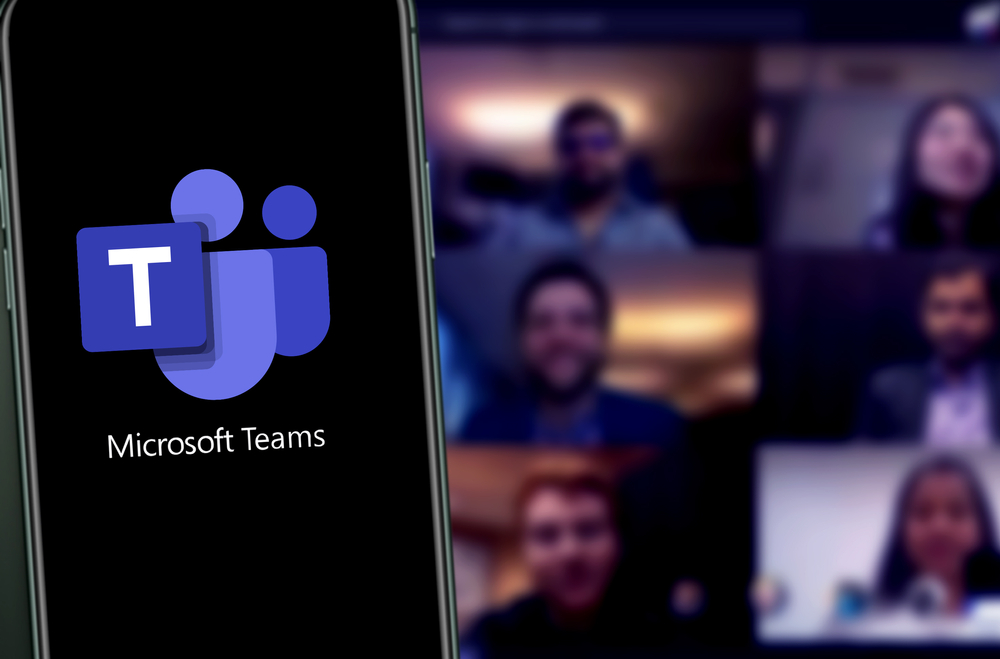Highly targeted phishing attacks have been carried out by the threat actor Midnight Blizzard, previously known as NOBELIUM, via Microsoft Teams. These attacks targeted a range of organisations including government and non-government organisations, IT services, technology businesses, manufacturing, and media companies. Through social engineering techniques Midnight Blizzard were able to achieve token and credential theft from their targets in what Microsoft suspect are ‘espionage’ driven attacks. Social engineering is a technique used in phishing attacks by threat actors to trick their victims into falling for their scam. It involves specific research in order to masquerade as someone their target will trust and provide information that will entice them into thinking these messages are legitimate and require an action or response.
Midnight Blizzard, or NOBELIUM, are a Russian-based threat actor that have been determined by the US and UK governments to be the Foreign Intelligence Service of the Russian Federation, also called the SVR. Previously this threat actor has targeted organisations across Europe, Central Asia, and the USA in malware attacks using persistent backdoors such as MagicWeb, and exfiltration capabilities such as FoggyWeb. In these and other attacks attributed to Midnight Blizzard, their objectives seem to be to collect intelligence that can be used in espionage operations. Other methods used by this threat actor include utilising stolen credentials, conducting supply chain attacks, exploitation of on-premises environments resulting in lateral movement to the cloud, and accessing downstream customers through exploiting service providers.
Since at least May 2023, Midnight Blizzard have been credited with a series of credential phishing attacks that have taken place over Microsoft Teams. Initial attacks were conducted in order to obtain credentials to access the legitimate Microsoft 365 Azure tenants belonging to small businesses. These compromised legitimate domains are then used to conduct social engineering attacks. The threat actors begin by renaming the tenant, and adding a new onmicrosoft.com subdomain, using security and product name keywords to make their domain names seem more likely to be from an official source. This onmicrosoft domain is used by Microsoft 365 automatically when a custom domain is not created, and is a legitimate domain, so the threat actors appear to be from a trustworthy organisation. A new user is associated with this subdomain and used to send the social engineering phishing messages to the next victim.
Once a fake support profile is established through this method, the threat actors progress to messaging their targets over Microsoft Teams. Midnight Blizzard will obtain credentials for their target’s account before proceeding with the social engineering messages through methods not fully determined by Microsoft, but thought to be a combination of spear-phishing, password spray, and brute force amongst other possible credential harvesting attacks. The initial contact from the threat actors will appear in the form of a message request due to the origin of the message coming from a source external to the victim’s organisation. The victim must accept this message request in order for the attack to progress. If accepted, the threat actors send a message that pretends to be from a support service suggesting steps to be taken by the victim in order to keep their account secure.
The fraudulent message suggests a change has recently been made in the victim’s multifactor authentication (MFA) preferences and prompts the victim to now open their authentication app on their device, and enter a specific numeric code. The action of entering this code into the authentication app will authenticate the login attempt of the threat actors using the previously stolen credentials for the victim’s account. The threat actors will now have access to a fully authenticated login session of the victim’s account, allowing them to perform any actions within the Microsoft 365 tenant such as data and information theft. In some attacks, Midnight Blizzard would attempt to add a managed device to the victim’s organisation using Azure Active Directory, now known as Microsoft Entra ID. This can circumvent conditional access policies to provide the threat actors with access to resources that are restricted to managed devices only, allowing for further theft and compromise activity on the system.
Microsoft have mitigated the threat actor from using domains known to be involved in these attacks. Steps can be taken by users to further reduce the risk of the threat posed by Midnight Blizzard and these credential attacks. Phishing-resistant authentication methods can be implemented through Microsoft on all business accounts by administrators, including ensuring conditional access requiring the use of these stronger authentication methods. Certain external domains can be allowed or blocked from communicating with staff so that only trusted organisations are able to contact employees. If external users are frequently involved in meetings and chats with staff then external access and collaboration settings can be configured that facilitate this while still protecting employees from threats. If an attack does still occur, it is best to keep up to date audit logs and records to be able to investigate any suspicious incidents effectively.
Although these technical methods can be effective against attack, the best defence against phishing is having properly educated employees who know the risks and how to spot fraudulent communications. Staff should be warned of the dangers of social engineering and credential phishing attacks, including specifically that MFA codes should never be sent in unsolicited messages. Users should also be cautious of any messages tagged as ‘external’ and never share account details and credentials over messages or authorise sign-in requests over chat. Sign-in activity can also be reviewed on all accounts, where users can mark suspicious sign in attempts as “This wasn’t me”, providing further information about the potential malicious activity taking place within the organisation.



















“We were very impressed with the service, I will say, the vulnerability found was one our previous organisation had not picked up, which does make you wonder if anything else was missed.”
Aim Ltd Chief Technology Officer (CTO)